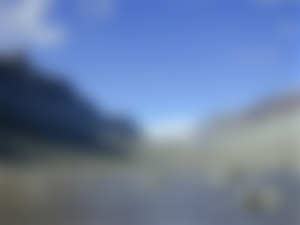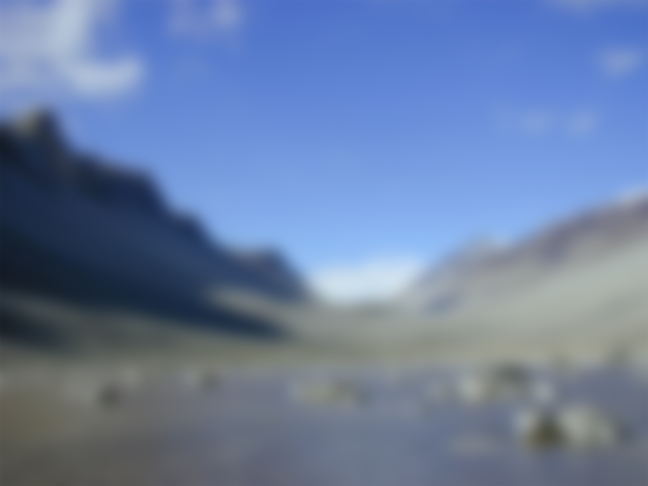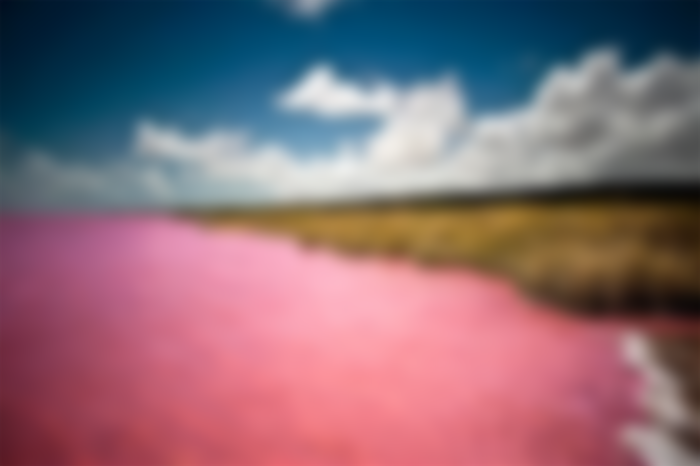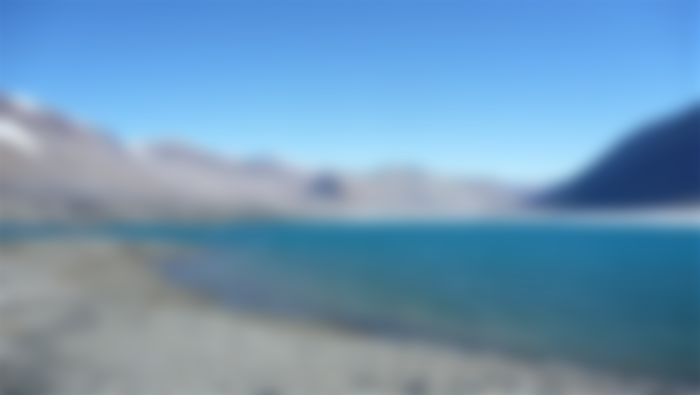The salinity of the lake waters varies from one location to another and from season to season. Although many will think that the Dead Sea has the largest amount of salt in the world, this is not the case. In addition, we will list the four saltiest lakes in the world.
1. Lake Gaetale Pond
is part of a series of small lakes located near the Dalol spring in Ethiopia. It is located in the Afar Depression in Northern Ethiopia, which is one of the most active tectonic regions in the world. According to locals, the pond was formed after the January 2005 earthquake. Gaetale is the saltiest lake in the world, with a salinity of 43%. Water is composed of magnesium chloride with 1.43 mol / kg and calcium chloride with 2.72 mol / kg. The other elements contained in water are sodium, potassium and nitrate ions. It often emits toxic fumes, as evidenced by the dead insects and birds that are often found near its shores, and researchers believe they are dangerous and deadly to the health of people who visit the lake. But what really sets Gaetale Pond apart from other lakes is its amount of salt. Thanks to volcanic processes in the area, the pond has an incredibly high salinity of 43 percent (mainly calcium chloride and magnesium chloride), making it the saltiest body of water on Earth. Namely, the water in Lake Gaetale Pond is more than 12 times saltier than the water in the world's oceans, which have a salinity of approximately 3.5 percent.

2. Don Juan Pond
is a salt lake in the Wright Valley, about 9 km west of Lake Wanda. It is considered the saltiest lake in Antarctica and the second saltiest lake in the world, after Gaetale Pond. It has a salt water level of about 33% and is dominated by calcium chloride. Although it is located in one of the coldest regions of Antarctica, it is so salty that it never freezes even at temperatures below -50 ° C. Don Juan Pond is believed to get his salt from the groundwater flow that flows from the slopes of Mount Olympus and Asgard and from the dissolution of minerals from the surrounding rocks. However, recent studies by a team of geologists from Brown University suggest that Don Juan Pond gets his salt from rainfall, not groundwater.

3. Lake Retba About 28 km from Dakar, the capital of Senegal, there is an unusual lake that will surely attract the attention of every visitor because of its unusual but vibrant pink color. Its pronounced pink color is caused by the bacterium Dunaliela salina, which creates a red pigment in order to absorb sunlight, which gives the lake a unique color. Its color is especially visible during the dry season (which lasts from November to June), and less during the rainy season (July-October). At the same time, Lake Retba is separated from the Atlantic Ocean by a narrow dune. Apart from being popular for its pink color,the lake attracts attention even after the high concentration of salt. It is about 40% in some areas, making it the third largest lake in the world in terms of salt content. Its salinity content is comparable to that of the Dead Sea and exceeds it during the dry season. Namely, the salt in the lake is extracted by over 3,000 miners from West Africa and is mainly used for fish preservation.

4. Lake Wanda
is located in the Wright Valley of Antarctica. It is approximately 5 km long and 760 m deep. This lake has a salinity of about 35%, more than the Dead Sea. It is also considered a meromic lake, which means that shallow water does not mix with bottom water. Lake Wanda is fed by the Onyx River, Antarctica's longest river, which carries ice-melted water during the summer months.

Meanwhile, we should note that the water in the world's oceans is also salty. The world's oceans have an average salinity level of 3.4% to 3.6%, which is well below the salinity level of ultrasonic lakes. Consequently, unlike some salt lakes, most oceans support numerous living organisms. The salinity of the oceans is not evenly distributed, as areas with high evaporation are saltier than areas with low evaporation. Areas with heavy rainfall or closer to shore are less salty because they are diluted with fresh water.




interesting text ... I didn't know it was so much saltier than the sea